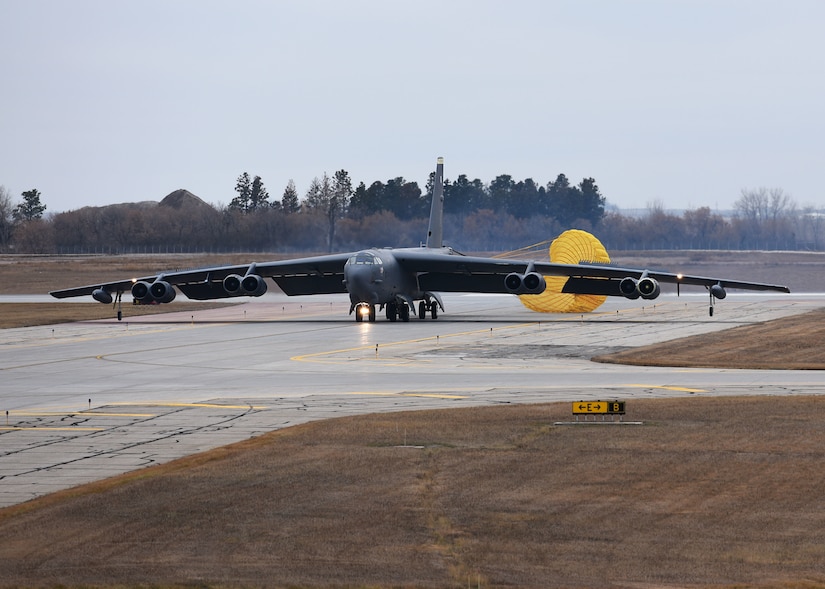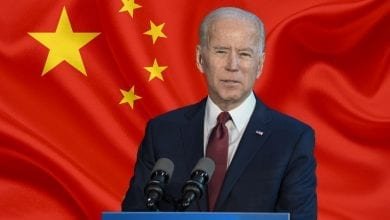Stratcom Commander: Decisions to Use Nuclear Power Are Complex
Unlike common misconceptions, making the decision to use U.S. nuclear power is a collaborative process that’s practiced every day and is usually not subject to time constraints, U.S. Strategic Command’s commander said at Harvard University in Cambridge, Mass., Nov. 14.

Just as importantly, Air Force Gen. John E. Hyten said, not all options are nuclear in nature, and the U.S. president is given as many options as possible to remove the United States from the escalation ladder – a phrase that’s defined as increasing or intensifying an attack.
Nuclear Mission Not Delegated
“I’m the same as any other combatant commander,” he said “[but] there’s just one exception and that’s the execution of the nuclear mission.”
The execution of most operations in the military are directed by combatant commanders, but delegated down to component commanders in the air, land and maritime components – to execute the missions, he said.
“But the nuclear mission is not delegated. It’s my responsibility. That means I always have to be connected. If something really bad happens, the president is going to want to talk with [the defense secretary, chairman of the Joint Chiefs of Staff, secretary of state] and me,” he said.
“[He’s] going to ask me for my recommendations on what to do,” Hyten explained. “I have a whole team of people – experts in this business – who will give me advice, but ultimately, it’s my responsibility to give the advice directly to the president.”
And many people misunderstand how that process works, he said. “It’s actually a very collaborative process with the president, defense secretary, Joint Chiefs of Staff chairman and secretary of state – if we were attacked and what we would do.”
Hyten said a complex set of options is involved in which he must walk the president through before the commander in chief can decide what to do. “Now, only he can decide what to do. But, it’s my responsibility to present those options to him,” he added.
Adversaries Aware Of U.S. Readiness
“And God forbid I ever have to do that for real, but we practice it each and every day,” Hyten emphasized. “We talk with the president about it quite a bit, but we practice it every day to make sure that we’re ready, we know we’re ready, and also that our adversaries know we’re ready.”
Also despite what the American public might think, using nuclear force is not the only approach offered to the president, Hyten said.
“We want to give the president as many options as we can to respond effectively and get us off that escalation ladder and keep this country safe.”
Originally published by the Department of Defense HERE.



